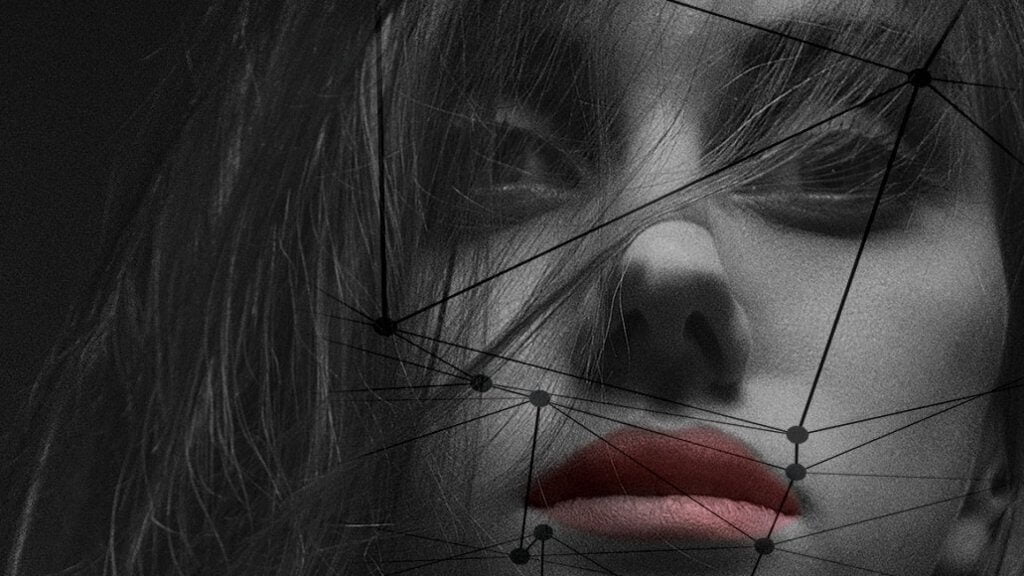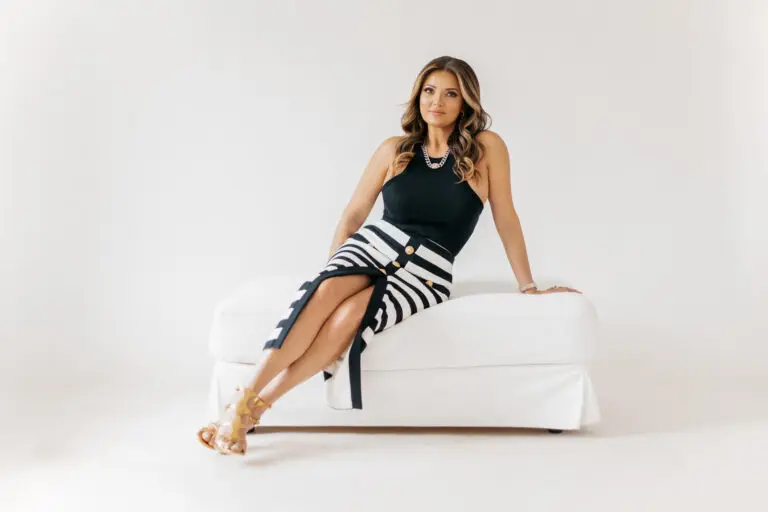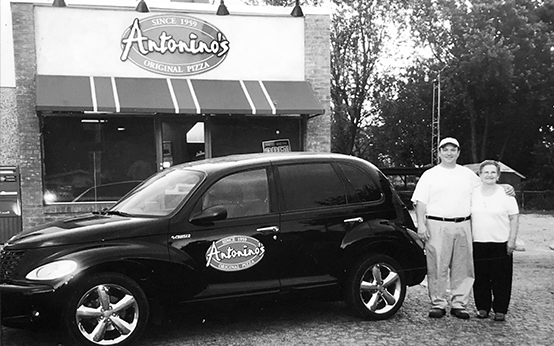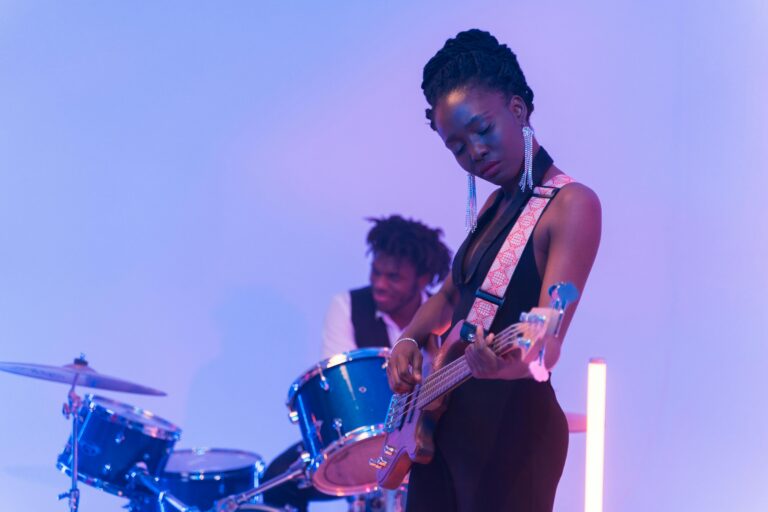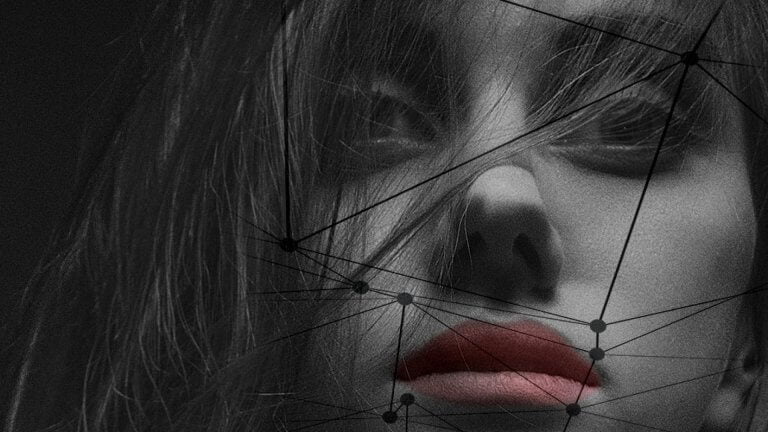Think the beauty industry hasn’t changed much over the last decade? Think again. From the way we buy to the way we apply, the future of beauty is being reshaped and repackaged. As online sales continue to grow, technology is having a profound impact by helping to sell makeup and skincare in ways we couldn’t even have fathomed 10 years ago. Artificial Intelligence (AI) and Augmented Reality (AR) are transforming and revolutionizing consumers’ cosmetics routines with the help of services that are truly sci-fi worthy: facial recognition technology, beauty chatbots, skin advisors, and robotic personalization
The idea of custom-made products and tailored services was once considered an extravagance only the wealthy could afford. But times have changed and brands have come to realize that no two faces are the same. Armed with the latest advancements in technology, they march forward with the ultimate in luxury: products targeted at the customers’ specific needs. Today, consumers are savvier about what they purchase—they want to own products that are one of a kind, and, ultimately, want to feel special and unique. And with the global beauty industry booming (it’s expected to reach USD $805 billion by 2022), it’s no wonder beauty brands are embracing technology to enhance the user experience and provide game-changing innovations that are altering the industry and inspiring a shift to a more personalized approach
With the rise of technology, the beauty influencer—whether a YouTube vlogger or on other social networks like Instagram or Facebook—and the concept of influencer marketing have caught the attention of the world’s top beauty brands. With legions of loyal followers hanging onto their every brush stroke, an impressive number of these makeup “gurus” have even gone so far as to partner with companies for advertising campaigns and to start their own brands. Gone are the days when beauty editors were the primary influencer—today’s consumer puts their trust in these so-called “regular” people. Consumers value their opinions and feel like they share a personal connection with people who seem like them—not with the paid models and celebrities of days past. And even though Huda Kattan and Jeffree Star might not be familiar names to you now, that may soon change. Instagram recently announced the launch of its new ‘Branded Content Ads Option,’ which will allow advertisers to promote content from influencers as ads in the feed—whether or not you’re following them. According to the company, a whopping 68% of people come to Instagram to interact with influencers. To ensure transparency, each will be tagged as “paid partnership with” along with the brand name whenever the ads appear.
But are these high-tech, personalized options here for the long haul or just a flash in the beauty industry pan? Sucharita Kodali, principal analyst at research firm Forrester, recently told CNN, “People want products that are going to work for them. I don’t think they care whether or not it’s personalized.” For now, Kodali suggests that brands are just testing the waters. “All kinds of established beauty companies have made forays into various technology investments. For now, they are experiments. That’s just all they are. Nothing is a prevailing means of buying or selling products.”
Nonetheless, one can’t deny that the buzzword is beauty in this new tech world of the digital sublime as more and more brands jump on the AI bandwagon
Customized Skincare
Imagine receiving a personalized skin diagnosis and product recommendations without waiting months to see a dermatologist? French skincare brand La Roche-Posay recently launched Effaclar Spotscan, the first acne analyzer powered by AI. “Today, consumers want more than just great skincare from a brand; they want an experience. Service has become the new-age product,” says Emma Kindler, general manager of La Roche-Posay Canada. Using a patented algorithm, skin is given an acne score from ‘0’ to ‘4+’ and compared and tested on more than 6,000 images of different ethnicities and skin types
The free app seems simple to use: scan your face and receive skincare tips and a personalized routine using products from the Effaclar range. Users who receive a score higher than a ‘2’ are encouraged to contact a dermatologist. A before/after skin improvement simulator allows users to see the future of their skin if they follow the suggested routine
Currently available in the U.S. market and set to launch in Canada in September, L’Oréal in partnership with luxury skincare brand SkinCeuticals has developed D.O.S.E, a service engineered to scan and evaluate a consumer’s skin needs and combine active ingredients into a tailor-made corrective serum. During an initial skincare consultation, an assessment is completed on a tablet, transferred over to the D.O.S.E machine, and within minutes, the custom serum is mixed and dispensed. “CUSTOM D.O.S.E introduces a new era of skincare: the merger of skincare and technology where customized products are developed without risk of human error during the compounding process. For the first time, a robot guided with the expertise of physicians and skincare professionals develops made-to-measure efficacy to address individual skin types, tones, responses, and signs of aging,” says Chloe Smith, National Education and Scientific Communications Manager for SkinCeuticals. Consider this serum an investment—at a whopping $295 for 30 mL and a three-month expiration date, this is definitely a product you hope lives up to its claims.
Product Personalization
Because scent is so intimate and personal, choosing a fragrance can be tricky. Earlier this year at a perfumery in Buenos Aires, Argentina, cosmetics group Coty unveiled a multisensory aroma-focused virtual reality experience to help shoppers choose a new scent from the company’s portfolio of fragrances. Consumers donned a VR headset and held one of seven scented stones, like ‘oriental-spicy’ or ‘citrus watery,’ which brought the “olfactive territory” to life. An eight-second video was then activated which utilized 3D visuals, sound, scent, and texture and consumers received up to six luxury fragrance recommendations from brands including Mark Jacobs, Balenciaga, and Alexander McQueen.
The Smart Mirror Craze
Looking overseas, China’s largest e-commerce company, Alibaba, has launched the Tmall Genie Queen, a voice-activated mirror targeted at China’s tech-savvy female customers. So what exactly can this eight-inch, AI-powered smart mirror do? Along with activating different light settings that range from natural sunlight to a candlelit ambient glow all via voice command, it gives skincare assessments and beauty advice (the company has partnered with 14 beauty brands, including Johnson & Johnson); can tell you the weather report, including UV index; and can control other devices in your home like your air conditioner
Printed Makeup
Back in January, Proctor and Gamble unveiled a magic wand they said will cover and correct hyperpigmentation to reveal the natural beauty of skin. Skeptical? Dubbed the Opté Precision Skincare System, the magic wand is actually a handheld microprinter with 120 thermal inkjet nozzles and a camera that takes 24,000 photos of your skin. These photos pinpoint problem areas—age spots, acne scars, melasma, etc.—and the printer deposits the optimizing serum: one billionth of a litre of makeup on each skin spot it detects to conceal them. Think of it like using Photoshop . . . in real life. With continued use, the serum is also said to fade existing hyperpigmentation. Though not available in the Canadian market just yet, the U.S. price tag isn’t for the faint of heart: the starter kit is priced at $599 and the serum refills are $149
Virtual Makeovers
In partnership with Toronto-based creators of AR tech for beauty brands, ModiFace, Garnier has introduced Color Match, an app that allows users to virtually experiment with different hair colour shades in real time. With more than 130 shades to try on, the app takes into account the user’s base colour and identifies the right product to achieve the best result based on current colour, shade intensity, and results expected. Once a hue is selected, it can be purchased via the app, or the barcode of any Garnier hair colour product can be scanned in-store and virtually tried on.
The quest for the perfect red lipstick may have just got a lot easier. L’Oréal has teamed up with Amazon to allow users (in the U.S. and Japan markets) to virtually try on lipstick either in “Live Mode” (a live video), by uploading a photo or choosing a model with a similar skin tone
Once a shade is selected, shoppers will now see “try now” underneath the photo. There are more than 400 colours to try on and include brands not owned by L’Oréal like Maybelline and Lancôme. With plans to foray into eyeshadow in the near future, get ready to say goodbye to endless makeup splurges that end in buyer’s remorse.
